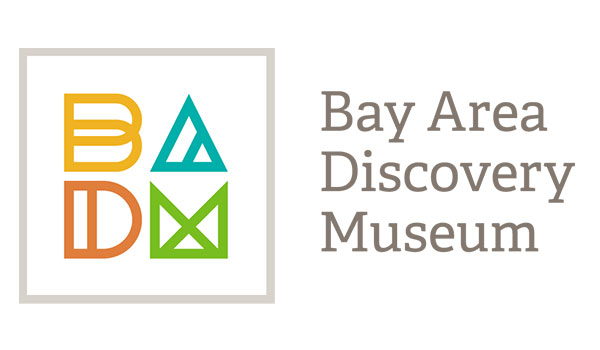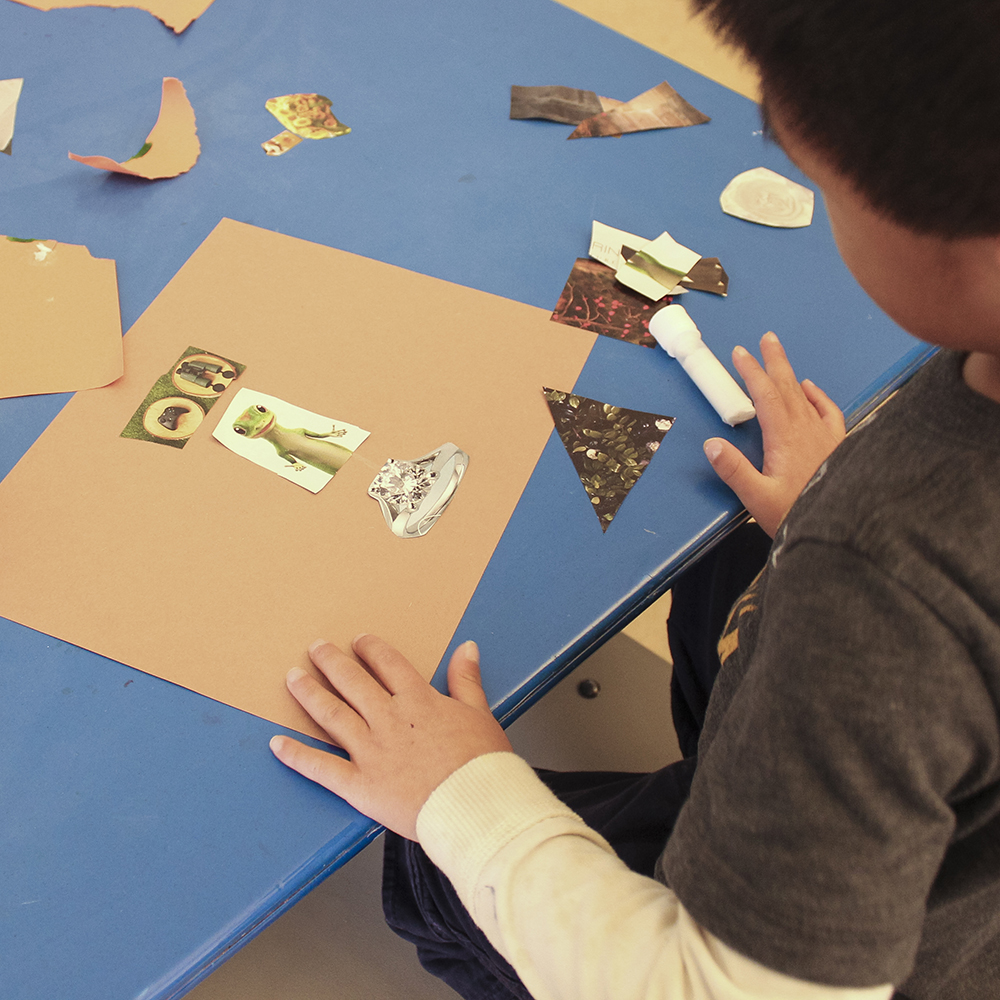Create a collaged portrait using unconventional shapes and images from magazines! Creating collages help children strengthen creative muscles, as they are opportunities for discovery and creativity.
Materials Required
- Old magazines
- Scissors
- Glue stick
- Construction paper
Instructions
- Look through magazines for shapes and images that can be used to create a portrait of a face. The goal is not to cut out a face that’s already there—create a new one! What could you use for a mouth, a nose, or an eye?
- Think about what major shapes can be used and what those shapes might represent (circle for mouth, oval for face, triangle for nose, etc.). Look for those shapes in magazines and cut them out.
- After a variety of shapes and images are cut, arrange the shapes and experiment with placement on the construction paper before anything is glued down.
- Be creative! Don’t be afraid to use unconventional objects in the portrait. How would an airplane fit into the design of a face? Maybe the letter “S” could be glued repeatedly to represent curly hair. Experiment!
- Once the pieces are arranged, glue them down. Give the portrait the name of a character and share with friends.
Additional Tips
Try these activity variations:
- Remix this activity by creating a portrait using only letters and numbers. Create a face without using any images—just words, numbers, and letters.
- Add on to the face. Create an entire body.


